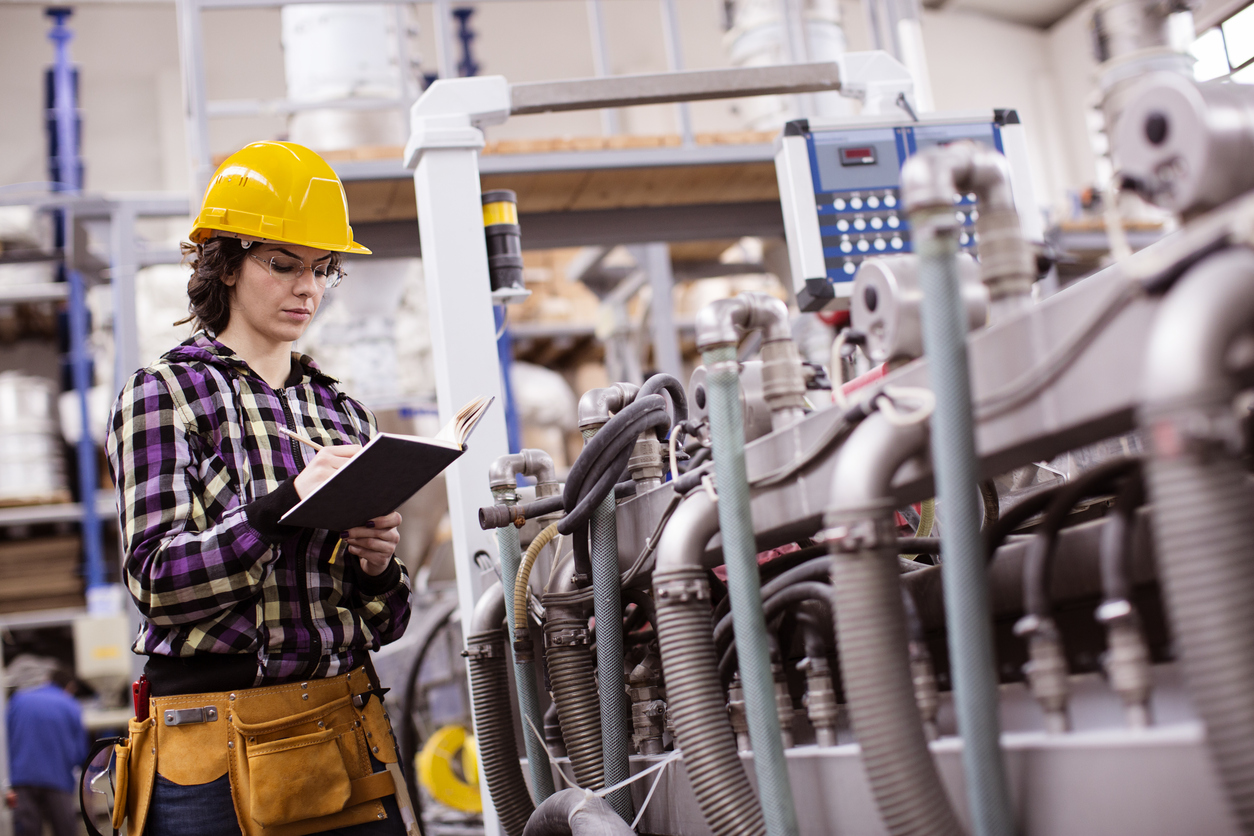 construction conference
construction conference In the US, construction is booming. With the recession over, the demand for new housing is exceeding supply and there is no end in sight. The trouble is, there aren’t enough construction workers to keep up with demand and that is driving up prices.
The construction labor market has been in decline and productivity has actually dropped by as much as 20% over the last 50 years. Add to that an aging workforce and vacancies left by construction professionals who sought other forms of income during the recession and have not returned to the industry.
The construction labor shortage is resulting in a housing shortage and higher home and rental prices. Other developments like the building of schools, hospitals, businesses and infrastructure are also impacted. There are, however, many ways in which the impacts of the construction labor shortage can be mitigated.
Education
One of the reasons the steady supply of construction professionals has been cut short is the removal of shop class from school—a move designed to cut costs that has had an immense impact. Now investment in STEM (science, technology, engineering and mathematics) curricula is allowing education to offer a wider variety of career options to students. Offering STEM education and career guidance has increased interest in engineering, architecture and construction and will, in the long run, help to alleviate the current labor shortage.
Women in Construction
Women only make up 9% of the construction industry. Offering scholarships to women and access to STEM education will encourage women to join the construction industry. Diversifying the industry and creating worksites that welcome women will help to alleviate the labor shortage. Reintroducing vocational training at all schools will give more students access to the skills they need to join the construction industry.
Marketing
Trades have gotten an unfairly bad reputation. The last generation focused on college education and, as a result, trades jobs were thought of as less attractive and less lucrative. However, construction workers who are qualified can earn good salaries. Training provides the skills to be jobsite-ready when you graduate so workers can start work right away, without the financial burden of a student loan.
Educating students on the many wonderful opportunities the trades offer can help to attract young people to the industry.
Industry Innovation
The construction industry hasn’t changed much in the last fifty years. There have been vast improvements in building materials and tools, but the way buildings go up hasn’t advanced much. That is all about to change and, fueled by the labor shortage, that evolution promises to come quickly for an industry that is traditionally reticent to change.
Instead of using construction workers to build onsite, construction is moving into the factory where the process has been largely automated. Now building elements are created in factories and shipped to the site where they are assembled by workers. This is bringing precision, speed and sustainability to the industry. Want to learn more about it? Follow the link here.


